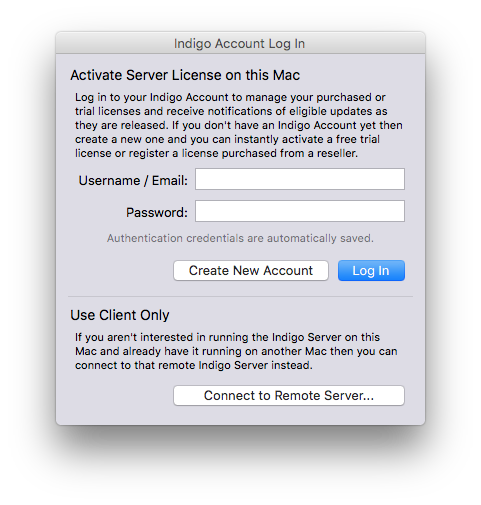

It is like the XS-24z and XZ, but has 4 GE7 Geometry Engine ASICs, giving it twice the performance of the XZ option. The highest performance graphics option offered for the Indigo, it is a member of SGI's Express graphics line. It is similar to the XS-24z, but it includes a second GE7 Geometry Engine ASIC, doubling its geometry performance. The XZ graphics option is also a member of SGI's Express graphics line. Part of SGI's Express line of graphics, four XS graphics options were produced for the Indigo: the XS-8 offers 8-bit color, with one VM2 video RAM module the XS-Z adds the ZB-4 Z buffer the XS-24 adds two VM2 modules and offers 24 color bits and 32 bits including brightness and the XS-24Z adds a Z buffer. It is ideal for low-cost wireframe operations, compared to more powerful, and expensive options for textured graphics. The Indigo's XS Graphics option has a single GE7 Geometry Engine (GE), a RE3 Raster engine, a HQ2 Command engine, VC1, XMAP5. The final is the same, but adds a second video output, giving the computer the ability to have two "heads", or monitors. Another uses the main backplane like the XS, XZ, and Elan graphics options.

One version uses the system's GIO expansion bus. Graphics options Entry graphics įor entry graphics, the 8-bit color frame buffer comes in three versions. In all IP12, IP20, and IP22/IP24 (see SGI Indigo2) systems the HPC attached to the GIO bus.

The PIC supports a VME expansion bus (used on the 4D/3x series) and GIO expansion slots (used on the Indigo).

The Indigo R3000 is effectively a reduced cost 4D/35 without a VME bus. The 4D/30, 4D/35 and Indigo R3000 are all considered IP12 machines and run the same IRIX kernel. Much of the hardware design can be traced back to the SGI IRIS 4D/3x series, which shared the same memory controller, Ethernet, SCSI, and optionally DSP as the IP12 Indigo. The GIO bus interface is implemented by the PIC (Processor Interface Controller) on IP12 and MC (Memory Controller) on IP20. The HPC interfaces primarily between the GIO bus and the Ethernet, SCSI (WD33C93 chipset) and the 56000 DSP. Ethernet is supported on board by the SEEQ 80C03 chipset coupled with the HPC (High-performance Peripheral Controller), which provides the DMA engine. The IP20 uses standard 72-pin SIMMs with parity, and has 12 SIMM slots for a total of 384 MB of RAM at maximum.Ī Motorola 56000 DSP is used for Audio IO, giving it 4-channel 16-bit audio. The later version (code-named Blackjack) is based on the IP20 processor board, which has a removable processor module (PM1 or PM2) containing a 64-bit MIPS R4000 (100 MHz) or R4400 processor (100 MHz or 150 MHz) that implements the MIPS-III instruction set. It is based on the IP12 processor board, which contains a 32-bit MIPS R3000A microprocessor soldered on the board and proprietary memory slots supporting up to 96 MB of RAM. The first Indigo model (code-named Hollywood) was introduced on July 22, 1991. The Indigo was superseded generally by the SGI Indigo2, and in the low-cost market segment by the SGI Indy. Graphics and other peripheral expansions are accomplished via the GIO32 expansion bus. The Indigo's design is based on a simple cube motif in indigo hue. SGI sold a server version with no video adapter. For use as a graphics workstation, the Indigo was equipped with a two-dimensional framebuffer or, for use as a 3D graphics workstation, with the Elan graphics subsystem including one to four Geometry Engines (GEs). The Indigo is considered one of the most capable graphics workstations of its era, and was essentially peerless in the realm of hardware-accelerated three-dimensional graphics rendering. SGI first announced the system in July 1991. The Indigo, introduced as the IRIS Indigo, is a line of workstation computers developed and manufactured by Silicon Graphics, Inc. ( Learn how and when to remove this template message) ( October 2019) ( Learn how and when to remove this template message) Please help to improve this article by introducing more precise citations. This article includes a list of general references, but it lacks sufficient corresponding inline citations.


 0 kommentar(er)
0 kommentar(er)
